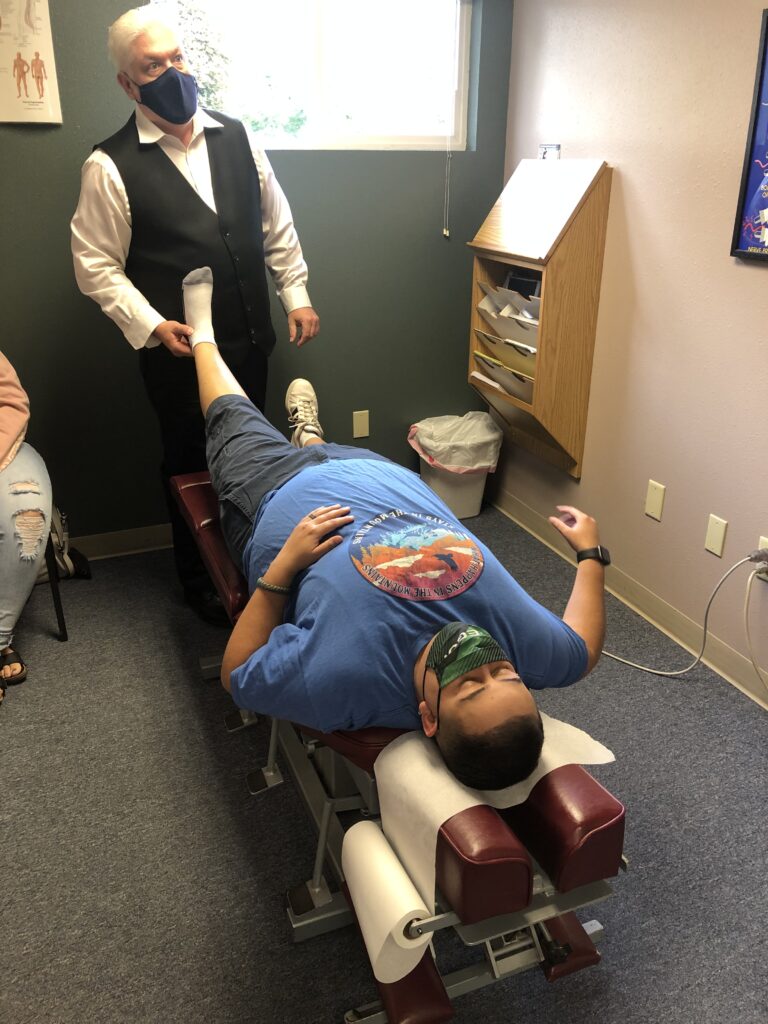You may not realize how much your sleep environment impacts your rest, but small adjustments can lead to significant improvements. By tweaking factors like room temperature, noise levels, and light exposure, you can create a space that promotes deeper sleep. Choosing the right mattress and pillow is essential, too, as comfort is key to support. But that's just the beginning; establishing a consistent sleep schedule and incorporating relaxation techniques can transform your nights. If you think you're ready to upgrade your sleep, let's explore what really makes a difference.
Assessing Your Sleep Environment
To get better sleep, you need to assess your sleep environment. Start by evaluating the room's temperature; ideally, it should be between 60 to 67 degrees Fahrenheit for ideal rest. If your room feels too warm or too cold, adjust your thermostat or use extra blankets or fans to create a comfortable atmosphere.
Next, take a look at the noise levels in your bedroom. If you live in a bustling area, consider using earplugs or a white noise machine to drown out disruptive sounds. Even small noises can interrupt your sleep cycle, so find a way to minimize these disturbances.
Lighting plays a significant role in your sleep environment too. Make sure your room is dark enough to signal your body that it's time to wind down. Use blackout curtains to block out outside light, and consider dimming the lights an hour before bedtime to help your body prepare for sleep.
Don't forget about clutter! A disorganized space can lead to stress and anxiety, making it harder to relax. Spend some time decluttering your bedroom to create a serene, inviting atmosphere.
Finally, assess your bedroom furniture arrangement. Make sure your bed is positioned for easy access and comfort.
Ideal Mattress and Pillow Choices
A comfortable sleep environment goes hand in hand with the right mattress and pillow choices. Selecting the ideal mattress is essential for your overall sleep quality. You should consider factors like firmness and material. If you prefer a softer feel, memory foam or latex could be your best bet, as they contour to your body. If you like a firmer surface, innerspring or hybrid mattresses offer the necessary support while still retaining some comfort.
Your sleeping position plays a significant role in choosing the right mattress. Side sleepers often benefit from a softer mattress that alleviates pressure on the hips and shoulders, while back and stomach sleepers may require a firmer surface to maintain spinal alignment.
Don't forget to test out mattresses in-store whenever possible. You should lie down in your typical sleeping position for at least 10-15 minutes to gauge comfort.
Pillow choice is just as important. A good pillow supports your neck and head while keeping your spine aligned. For side sleepers, a thicker pillow helps fill the gap between the head and the mattress. Back sleepers usually need a medium loft pillow, while stomach sleepers often benefit from a flatter option to prevent neck strain.
Ultimately, prioritize comfort and support in both your mattress and pillow choices. Investing time in selecting the right products will pay off with better sleep, improved well-being, and increased energy for your daily activities.
Now, you're one step closer to enjoying restful nights.
Establishing a Consistent Sleep Schedule
Establishing a consistent sleep schedule is essential for optimizing your rest and overall health. When you go to bed and wake up at the same time every day, you help regulate your body's internal clock, also known as the circadian rhythm. This regulation can make it easier for you to fall asleep and wake up feeling refreshed.
To set a consistent sleep schedule, start by determining how much sleep you need, typically between 7 to 9 hours for most adults. Once you know your ideal sleep duration, decide what time you want to wake up. From there, count backward to find your bedtime. Stick to this schedule, even on weekends, to reinforce your body's sleep-wake cycle.
It's helpful to establish a pre-sleep routine that signals your body it's time to wind down. This could involve dimming the lights, reading a book, or practicing gentle stretches. Avoid screens and bright lights in the hour leading up to sleep, as they can interfere with melatonin production and make it harder to fall asleep.
If you find it challenging to adjust your schedule, try gradually shifting your bedtime and wake time by 15 to 30 minutes each day until you reach your desired times. Consistency is key, so even if you don't feel tired, try to stick to your schedule.
Relaxation Techniques for Better Sleep
After setting a consistent sleep schedule, the next step to enhance your sleep quality is incorporating relaxation techniques. These methods can help calm your mind and prepare your body for a restful night's sleep.
Start by trying deep breathing exercises. Take a few minutes each evening to focus on your breath. Inhale deeply through your nose, hold for a few seconds, and slowly exhale through your mouth. This simple practice can reduce anxiety and lower your heart rate, making it easier to drift off.
Progressive muscle relaxation is another effective technique. Lie down comfortably and tense each muscle group for a few seconds, then release. Start from your toes and work your way up to your head. This practice not only helps release physical tension but also promotes mental relaxation.
You might also consider incorporating mindfulness meditation into your nightly routine. Spend a few minutes focusing on your thoughts and feelings without judgment. This can provide a mental reset, allowing you to let go of the day's stresses.
Lastly, don't underestimate the power of a warm bath or shower before bed. The drop in body temperature afterward can signal your body that it's time to sleep.
Pair these techniques with calming scents, like lavender, to create a soothing atmosphere.
Limiting Distractions and Light
Many people underestimate the impact of distractions and light on their sleep quality. To truly enhance your sleep, you need to create an environment that minimizes these interruptions. Start by evaluating your bedroom. Is it cluttered with items that draw your attention? Clear out distractions by keeping your space simple and organized. A tidy room can greatly help calm your mind and promote relaxation.
Next, consider the light levels in your bedroom. Exposure to artificial light, especially blue light from phones and screens, can disrupt your circadian rhythm. Aim to dim the lights an hour before bed. If you have devices that emit light, put them away or use a blue light filter. Heavy curtains or blackout shades can also work wonders in blocking out external light sources, ensuring your bedroom remains dark when it's time to sleep.
Additionally, think about noise. Sounds from outside or even within your home can pull you out of deep sleep. Consider using earplugs, a white noise machine, or a fan to drown out disruptive sounds. Creating a peaceful sound environment is just as important as controlling light.
Lastly, establish a bedtime routine that signals to your body it's time to wind down. By limiting distractions and managing light exposure, you're setting the stage for a restful night's sleep.
Prioritize these adjustments, and you'll likely notice a considerable improvement in your sleep quality.
Conclusion
Incorporating these adjustments into your nightly routine can transform your sleep quality. By creating an ideal sleep environment, choosing the right mattress and pillow, sticking to a consistent schedule, and practicing relaxation techniques, you'll set the stage for restorative rest. Don't forget to limit distractions and control light exposure for the best results. Take charge of your sleep today, and you'll wake up refreshed and ready to tackle whatever the day brings!



